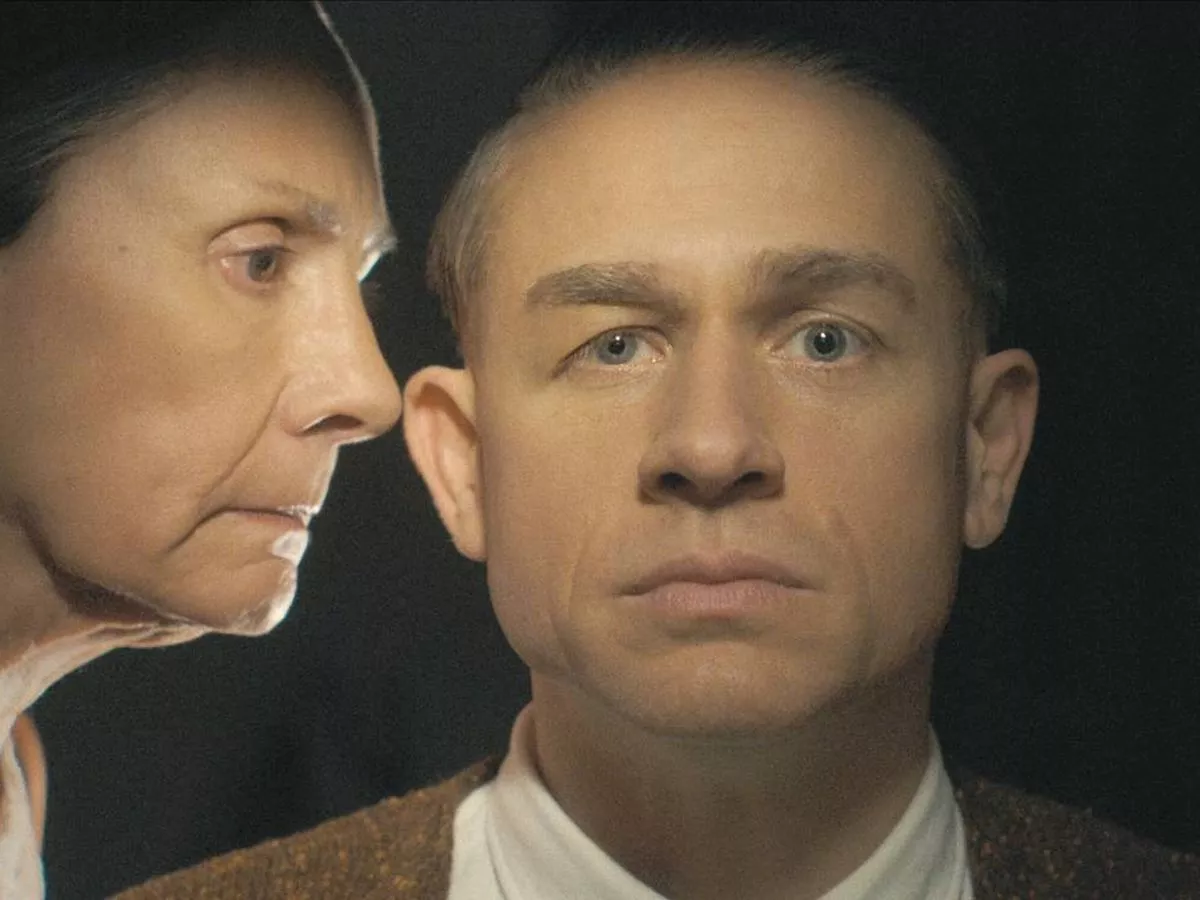By Neela Debnath
Copyright manchestereveningnews

WARNING: This article contains spoilers from Netflix’s Monster: The Ed Gein Story Monster: The Ed Gein Story has just been released on Netflix today (October 3), and viewers are already devouring the new episodes, reports the Mirror . This is the third instalment of Ryan Murphy’s true crime anthology series on Netflix, following The Jeffrey Dahmer Story in 2022 and The Lyle and Erik Menendez Story in 2024. The spotlight this time is on real-life serial killer and body snatcher Ed Gein , portrayed by Charlie Hunnam. In the drama, Gein is shown developing a morbid fascination with killing and skinning bodies after learning about Nazi atrocities during WWII. The series portrays Gein discovering images of Holocaust victims in a newspaper report and photographs brought to him by his friend Adeline, played by Suzanna Son. Gein also delves into a comic book titled The B**** of Buchenwald, which tells the story of real-life Nazi Ilse Koch, played by Vicky Krieps. The show vividly recreates warped scenes from the comic as part of the killer’s twisted fantasies. Many viewers have questions about this historical figure and her life, given that the Netflix drama has taken some creative liberties. Ilse Koch was a notorious Nazi war criminal who committed heinous acts while her husband Karl-Otto Koch was the commander of the Buchenwald concentration camp. Despite not having an official role, she became an infamous figure and was dubbed the ‘Kommandeuse of Buchenwald’ and the ‘B**** of Buchenwald’. During her period at Buchenwald, Koch earned notoriety as both a sadist and nymphomaniac. She was reported to have thrashed prisoners with a riding crop and forced them into exhausting tasks purely for her entertainment. The couple owned an opulent residence within the concentration camp grounds and allegedly hosted orgies at the property for SS personnel, according to Britannica. Following World War II, Koch faced trial in 1947 before an Allied military tribunal and was accused of prisoner abuse, including commanding the execution of those bearing “interesting” tattoos so their skin could be fashioned into domestic items, such as lampshades, book covers, and gloves. Former inmates, who had been forced to craft these grisly objects, provided their evidence. Witnesses also described how frail, undernourished prisoners were made to transport rocks to her residence before she assaulted them, causing them to collapse and sustain injuries. Whilst prosecutors couldn’t definitively establish her involvement in the more ghastly offences, she was found guilty of prisoner mistreatment and given a life sentence. She was subsequently freed amid enormous public outcry and rearrested the very same day by the West German authorities, who imprisoned her for maltreating German nationals whilst at Buchenwald. Koch died by suicide in her prison cell after nearly 24 years behind bars in 1967. Nevertheless, Koch became a symbol for the depravity and barbarism of the Third Reich. Monster: The Ed Gein Story is streaming on Netflix now



